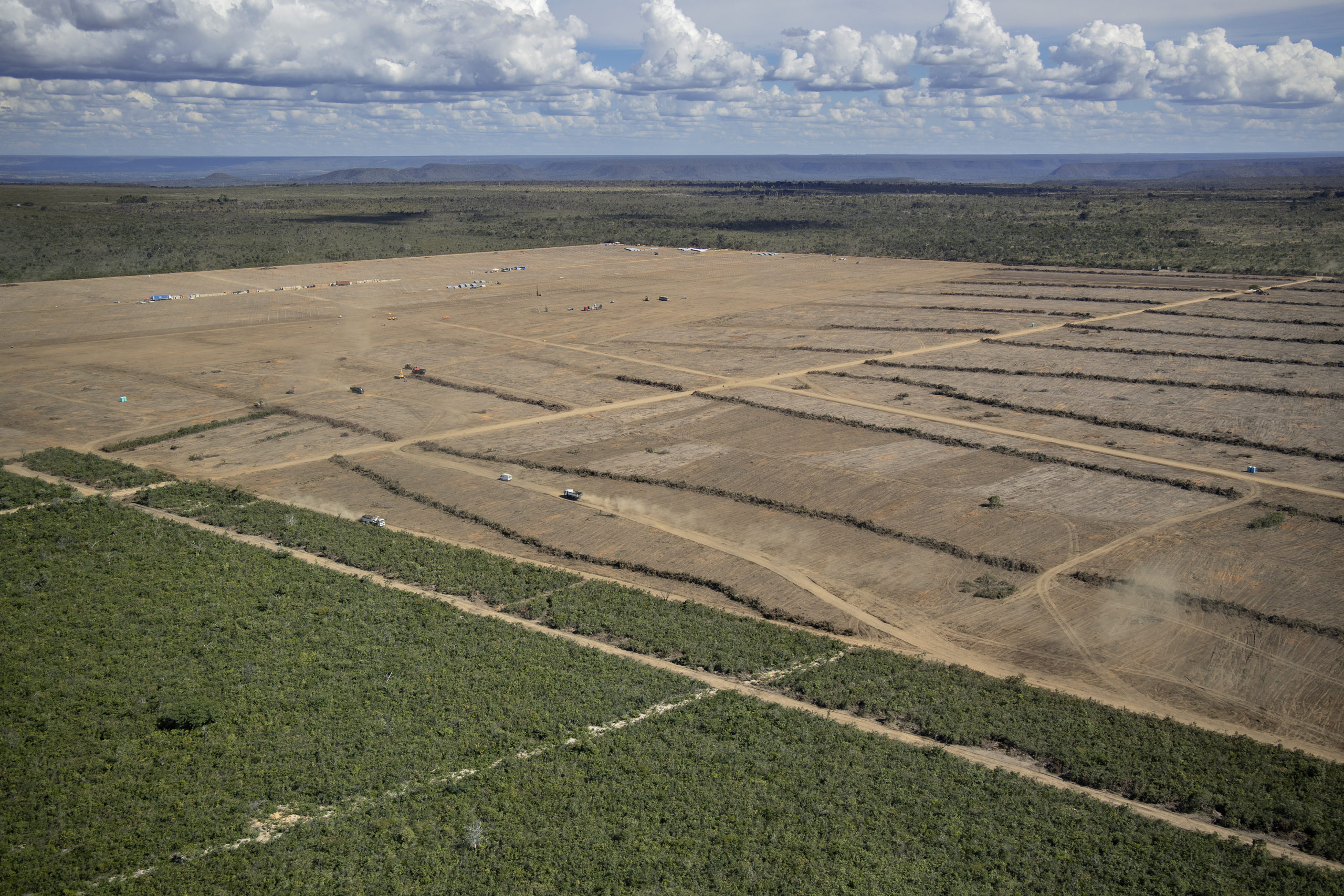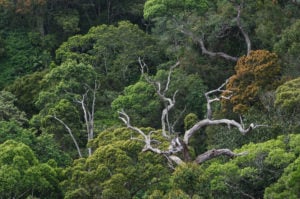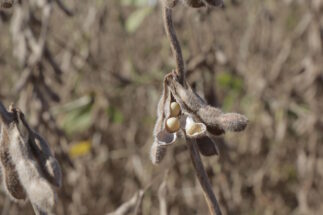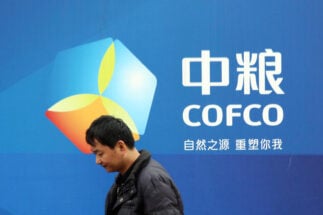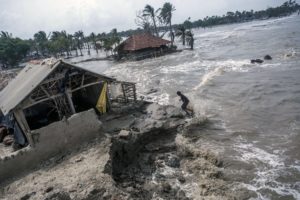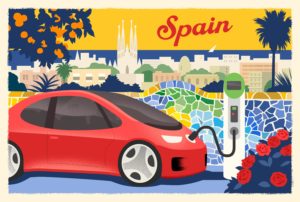The complexity and opaqueness of global commodity trade has been a major barrier to action to halt tropical deforestation. But it is no longer an excuse for inaction, as the best data available today links commodity markets with habitat loss and biodiversity impacts in unprecedented detail, allowing companies and their suppliers and investors, as well as governments, to launch targeted, global efforts to eliminate their contribution to the problem.
Destruction of tropical and sub-tropical forests is the second largest source of greenhouse gas emissions on the planet and a major driver of biodiversity loss, directly affecting the livelihoods of millions of people while disrupting critical ecosystem services.
Highlighting the intractability of the problem, in the last month Brazil’s space agency, INPE, found that Amazon deforestation reached a 12-year high in 2019. This is the latest warning that the Amazon is perilously close to a tipping point, where deforestation, fire and climate risk combine to make the region unable to support tropical forests, turning the biome into a species-impoverished and heavily degraded scrub-like habitat. Regardless of if and when a tipping point occurs, most scientists agree that the Amazon’s resilience is critically weakened.
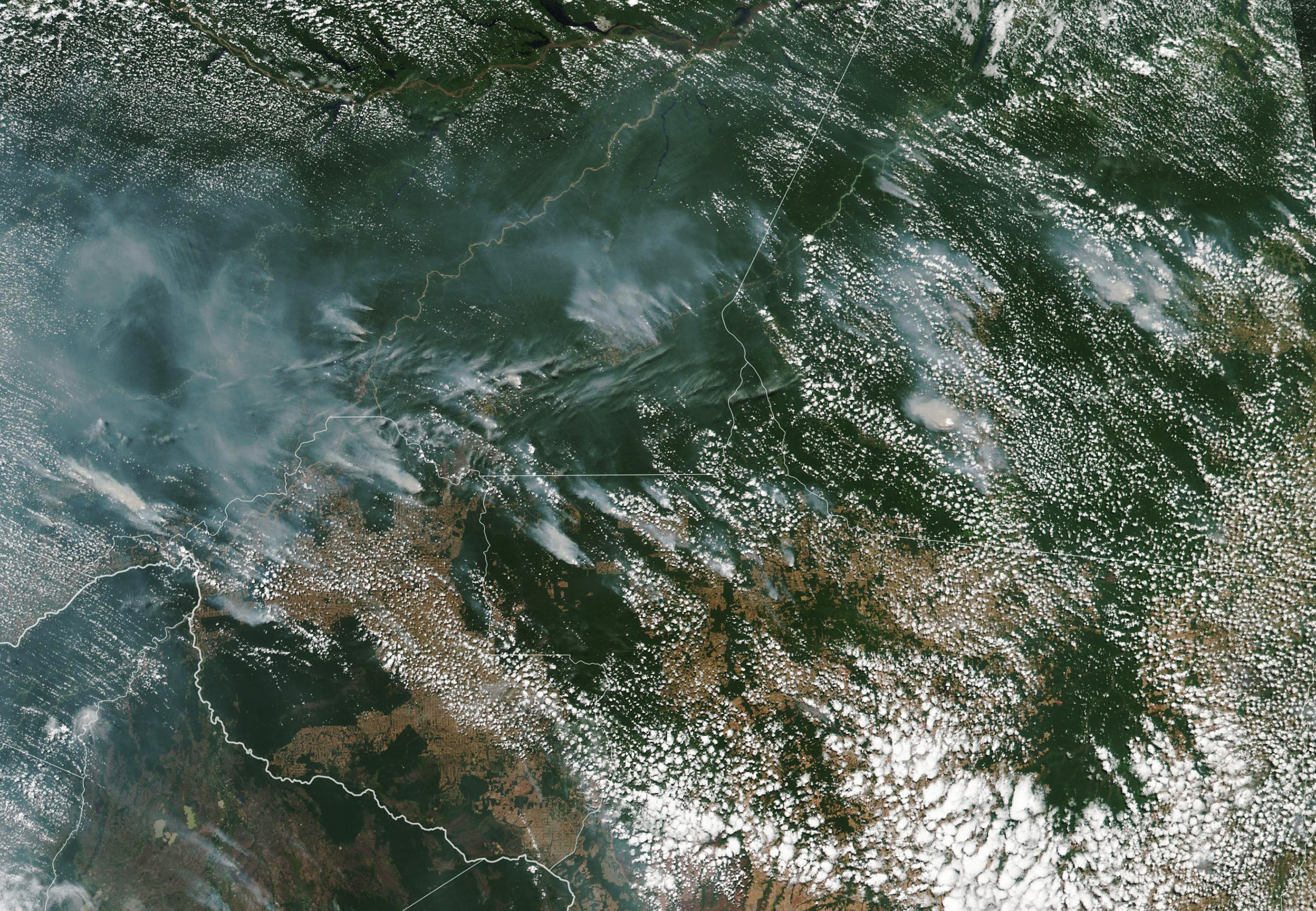
The largest driver of deforestation globally is the expansion of agriculture to produce commodities such as beef, palm oil and soy for global and domestic markets. Without a clear understanding of how supply chains link producers to consumers, it is impossible to identify where action is most urgently needed and by whom, whether current initiatives are resulting in positive changes on the ground, or even to know the full extent of the problem we face.
Many of the answers we need to start taking action lie in the data we already have. The challenge now is to get more creative in finding the answers that are within our grasp.
The Trase initiative was created in direct response to this challenge. Trase is an independent, science-based supply-chain transparency and intelligence platform that seeks to empower a transition towards more sustainable commodity production, trade and consumption.
We use a wide range of supply chain data from public sources and self-disclosed by companies to link regions of production, via trading companies, to countries of import. Importantly, we do this for entire sectors, such as Brazilian soy or Indonesian palm oil exports.
Uniquely, we use our data to map the central stages of a supply chain, connecting buyers and investors to specific production regions. Combining these high-resolution supply chain maps with new, spatially explicit assessments of commodity-driven deforestation and other sustainability indicators reveals the link between whole commodity markets and their impacts on biodiversity and greenhouse gas emissions. To date, Trase has mapped over half of all global trade in commodities linked to deforestation.
In this way, we can help market actors manage their supply chain risks, as well as strengthen accountability by shining a spotlight on the actions of companies and governments.
For example, a company buying soy or soy-based products from Brazil could source from over 2,000 municipalities and hundreds, if not thousands of suppliers. However, Trase data show that most of the deforestation linked to soy is concentrated in a fraction – often only 1 or 2% – of these localities. In the case of China’s soy imports, more than 80% of the deforestation and associated carbon emissions come from one region alone – Matopiba in the northern Cerrado, the world’s most biodiverse savannah ecosystem. And the same pattern is true when we look at the deforestation linked to supply chains of other commodities, including beef and palm oil.
Indeed, most of our supply chain mapping is done using data collected for other purposes: tax records, customs declarations and more. For example, Trase uses records of livestock movements, originally collected for the purpose of sanitary controls, to help crack the problem of identifying indirect suppliers of cattle to Brazilian slaughterhouses – essential in a country where livestock are frequently moved between facilities hundreds of kilometres apart during their lifetimes.
We have learned not to wait for more detailed data to drive change, as this can lead to delay and procrastination, and even become an excuse for inaction. Often companies, governments and investors just need a starting point to get stuck in: where should they direct their efforts first to reduce their exposure to deforestation and biodiversity loss?
There can be an assumption that somehow “big data” and new “data technologies”, including artificial intelligence and systems such as blockchain, can provide the answer to this problem. However, it is important first to take stock of the data we have, identify what is credible, and put it to good use. Only then can we identify where new information is really needed. And if and how new technologies can be practically useful.
By connecting datasets, you can take existing data further. For example, through Trase Finance we have linked our supply chain data with data on US$1 trillion in equity, bonds and loans related to the companies that trade soy, beef and palm oil, via complex pathways that connect individual companies, assets, instruments and financial institutions.
The next step is to exploit the wealth of emerging and existing data on supply chain connections, and financing, environmental and social impacts, to create momentum for sustainability policies, for example via partnerships, including with corporates, governments and environmental campaigns.

At Trase, we have supported more than 15 major retailers and brands to identify high biodiversity risk sourcing regions for Brazilian soy, through the CGF Soy Buyers Coalition. Trase data are being used by the French government in their new deforestation monitoring system. And our data are used by pressure groups for targeted campaigning, most recently through investigative journalism tracing Britain’s chicken feed sector back to clearance of the Cerrado in Brazil.
We see growing momentum among coalitions of companies and countries, with greater recognition than ever of the need for collective action. Including on the environmental impacts of international commodity trade. An increasing number of countries, especially in Europe, are recognising that the majority of their environmental impact is overseas. Countries are also recognising that efforts need to be grounded in transparency and science, such as through the Nature-based Solutions Coalition, led by China and New Zealand with the support of over 70 governments. Similarly, the Science-based Targets initiative is driving up concrete and quantitative commitments for corporate action to achieve the 1.5C warming limit of the Paris Agreement, with over 1,000 major companies taking action. And the newly launched Task Force on Nature-related Financial Disclosures reflects the fact that financial institutions, and the critical role they play, are increasingly in the spotlight.
Such collaboration can take supply chain analysis, opportunities and pressure to the next level, by promoting or requiring data disclosure. Continued improvements in transparency and disclosure by companies, investors and governments alike are critical, both to identify the connections to deforestation in their supply chains and portfolios, and to take steps to reduce these impacts.
Disclosure alone is not enough, it is vital that information, whether on pledges, on traceability or on actions, is harmonised and curated in a way that allows meaningful conclusions to be drawn regarding the progress of entire sectors. This includes an understanding of the biodiversity impacts of commodity trade.
We need to go beyond crude, national-level impact assessments, and quantify the impacts of specific markets, buyers and commodities on individual, threatened ecosystems. This requires a scalable approach that enables the use of the best available data in a consistent and robust way, making use of detailed mapping where available and falling back on regional estimates where gaps remain. The Trade Development and Environment Hub, which is led by the UN-WCMC and with which we collaborate, is at the forefront of efforts to address this challenge.
Among all such efforts, partnerships, coalitions and initiatives, China has the power and influence to catalyse sustainable trade like no other country. China is the largest importer of soy, beef and timber products worldwide, and the second biggest importer of palm oil. These are the commodities most linked to deforestation and forest degradation, and therefore biodiversity loss and land-based greenhouse gas emissions.
China can already take concrete steps to address its overseas footprint. An initial step is to pinpoint the links between its soy, beef and other commodity imports and associated deforestation and climate risks. Our work at Trase has already contributed towards this effort, on beef and soy. Based on this and other information, Chinese buyers and the government can investigate these links and risks more closely, for example through rules for disclosure, which in turn can drive active engagement with suppliers and policy development to foster a more sustainable system of trade.
At stake for China is not only its international reputation and ability to deliver on its sustainability commitments, but the security of its food supply chains. For example, climate change linked to regional deforestation is already impacting soy productivity and harvests in Latin America, China’s main supplier. In 2020, one of Brazil’s largest producing regions, Rio Grande do Sul, suffered a fall of nearly 50% in production due to drought. And climate models consistently predict sharp reductions in precipitation in the north and northeast of Brazil – the major frontiers of soy expansion – that could devastate the sector.
As host of next year’s conference of the Convention on Biological Diversity, which will involve almost all countries, China has a unique opportunity to show leadership, to build on the science and adopt a bold stance for zero tolerance of deforestation across all commodity supply chains. This critical step is necessary to safeguard biodiversity globally and deliver on the Paris Agreement.
